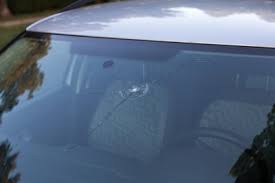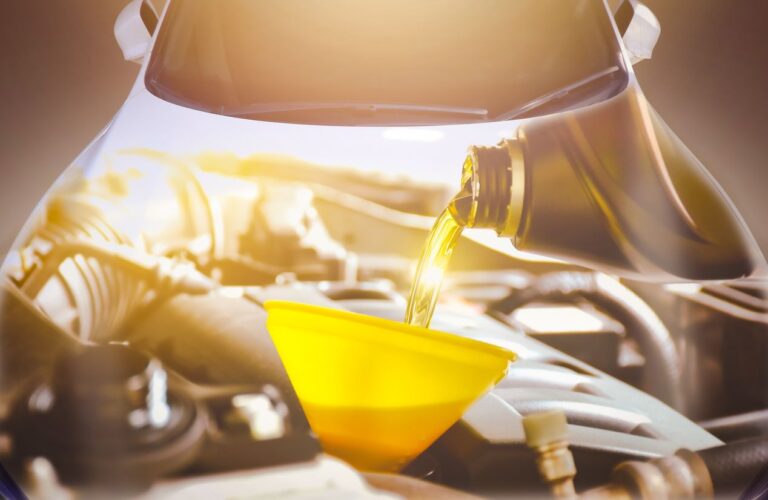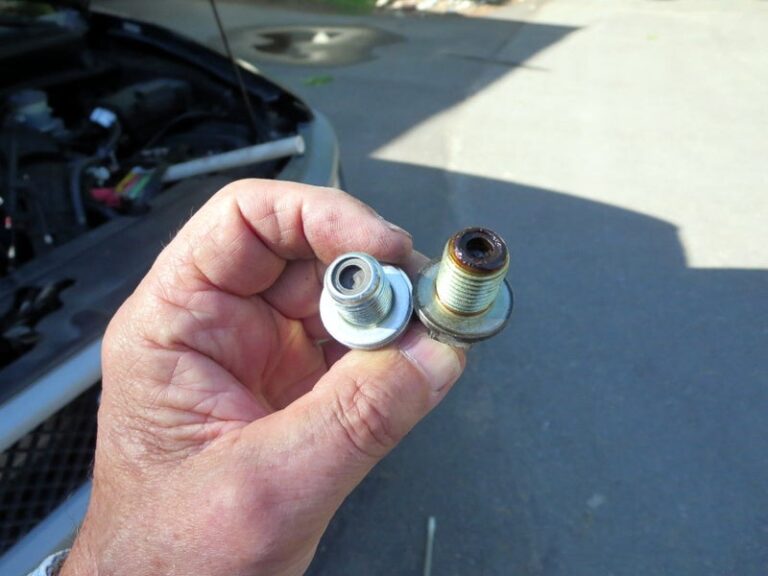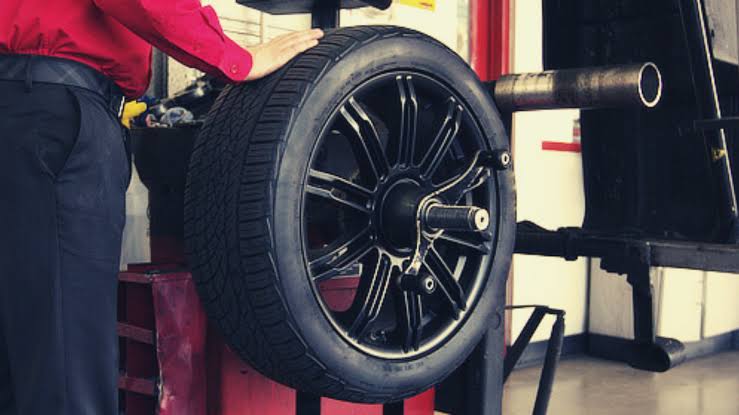Will a Cracked Windshield Shatter?

A cracked windshield is a common issue that many drivers encounter, and it often raises concerns about whether the crack will cause the windshield to shatter completely. While a cracked windshield may not immediately shatter, it can become a safety risk over time. This article will explain why windshields crack, how cracks can progress, and whether a cracked windshield will shatter.
Why Do Windshields Crack?
Windshields are made from laminated safety glass, which is designed to withstand a significant amount of stress. However, they can still crack due to various reasons, including:
- Impact from Objects: Small stones, debris, or even hail can cause chips or cracks to form when they hit the windshield at high speed.
- Extreme Temperature Changes: Rapid temperature fluctuations, such as pouring cold water on a hot windshield or driving in freezing temperatures after a hot day, can cause the glass to expand or contract, leading to cracks.
- Structural Weakness: If the windshield has been previously damaged or if there is an underlying structural weakness in the glass, it is more likely to crack or shatter.
- Accidents: A car accident or a collision can cause significant damage to the windshield, leading to cracks or a complete shatter.
How Does a Cracked Windshield Progress?
Once a windshield cracks, the damage can worsen over time. A small crack or chip might not seem like a big deal initially, but here’s how it can progress:
1. Crack Expansion
A crack in the windshield can slowly grow over time, especially if it’s exposed to heat, cold, or vibrations. The crack may begin as a small chip but, if not repaired, it can extend across the entire windshield. As the crack grows, the integrity of the windshield becomes weaker, increasing the likelihood of it shattering.
2. Stress from Driving
When driving, the windshield is subject to constant stress from the vehicle’s movements, road vibrations, and wind pressure. This can exacerbate an existing crack, causing it to spread or worsen.
3. Temperature Changes
Extreme temperature changes can cause the crack to expand. For example, during the summer, direct sunlight on the windshield can heat up the glass and cause the crack to grow. In colder temperatures, the glass contracts, which can also lead to further damage.
4. Impact or Additional Stress
Another impact or even a sudden pressure change (like slamming the car door) can cause a cracked windshield to shatter. The crack creates a weak point in the glass, making it more susceptible to further damage.
Will a Cracked Windshield Shatter?
While a cracked windshield may not shatter immediately, it can eventually break apart if the crack isn’t repaired. Here’s what you need to know:
- Minor Cracks: Minor cracks, especially small chips or surface cracks, are less likely to shatter the entire windshield unless they are exposed to further stress. These cracks can often be repaired if caught early.
- Large Cracks: Larger cracks or those that span across the windshield are more likely to result in a complete break. The more extensive the crack, the more likely it is that it will affect the structural integrity of the windshield.
- Safety Risk: A cracked windshield can cause the entire windshield to shatter if the crack is in a critical area (like near the edge) or if the windshield faces a significant impact. However, modern windshields are designed to stay together in the event of a break, so you won’t be left with flying shards of glass, but it can still be a dangerous situation.
What Should You Do If Your Windshield Is Cracked?
If your windshield is cracked, it’s important to address the issue as soon as possible to prevent it from worsening. Here’s what you can do:
1. Evaluate the Size of the Crack
If the crack is small (usually smaller than three inches), it can often be repaired rather than replaced. A professional windshield repair service can fill the crack with a special resin that restores the integrity of the glass.
2. Consider the Location of the Crack
The location of the crack plays a significant role in whether it can be repaired. Cracks that are in the driver’s line of sight or near the edges of the windshield might be harder to repair and could require a full replacement.
3. Avoid Stressing the Crack
Until the crack is repaired, avoid any actions that could stress the windshield, such as sudden temperature changes, heavy impacts, or driving on rough roads.
4. Get Professional Help
If the crack is larger or in a critical area, it’s best to have the windshield replaced. A professional can assess the damage and determine whether repair or replacement is necessary.
Can a Cracked Windshield Cause Other Problems?
Yes, a cracked windshield can lead to other issues besides potential shattering:
- Impaired Visibility: A crack in the windshield can distort your view of the road, making it harder to see obstacles, pedestrians, or other vehicles.
- Increased Risk of Further Damage: As mentioned, cracks can expand, which can further compromise the windshield’s integrity and safety.
- Legal Issues: In some places, driving with a cracked windshield can be illegal, as it’s considered a safety hazard. You may be cited or fined for having a cracked windshield.
- Decreased Structural Integrity: The windshield contributes to the overall structural strength of the car, especially in the event of a crash. A cracked windshield can reduce its effectiveness in protecting you during a collision.
Can You Drive with a Cracked Windshield?
While you can technically drive with a cracked windshield, it’s not recommended. Here are some things to consider:
- Size and Location of the Crack: If the crack is small and not obstructing your view, you may be able to drive, but it’s still a good idea to repair it quickly.
- Safety Concerns: If the crack is large or in a critical location, such as near the edge or in your line of sight, driving with it could be dangerous. It increases the risk of further damage and could impair your visibility.
- Legal Consequences: Some regions have laws against driving with a cracked windshield. You may need to replace the windshield before driving to avoid fines.
How to Prevent Cracking or Shattering of Your Windshield
To avoid having your windshield crack in the first place, consider these preventive tips:
- Park in the Shade: Avoid leaving your car in direct sunlight for prolonged periods, as heat can cause stress on the windshield.
- Avoid Sudden Temperature Changes: Be mindful of drastic temperature changes that could cause the windshield to crack, such as pouring cold water on a hot windshield.
- Repair Chips Promptly: If you notice a small chip or crack, get it repaired immediately. The sooner you address the damage, the less likely it is to spread.
- Be Cautious with Road Debris: Try to avoid driving behind large vehicles that may kick up debris, as this can cause chips and cracks in the windshield.
Conclusion
A cracked windshield may not shatter immediately, but it can become a serious safety concern if left unaddressed. While small cracks or chips can often be repaired, larger cracks or those in critical areas may require a full replacement. To prevent further damage and ensure your safety, it’s important to repair or replace your windshield as soon as possible. Always consult a professional if you’re unsure about the extent of the damage, and avoid driving with a cracked windshield to ensure both your safety and legal compliance.
FAQs
1. Will a cracked windshield eventually shatter?
A cracked windshield can eventually shatter if the crack grows and is exposed to further stress, but it depends on the size and location of the crack.
2. Can I drive with a cracked windshield?
While it’s possible to drive with a cracked windshield, it’s not recommended, especially if the crack is large or obstructs your view.
3. How long does it take for a crack to spread on a windshield?
The time it takes for a crack to spread can vary. If not repaired, it can worsen over days, weeks, or months depending on factors like temperature, driving conditions, and the size of the crack.
4. Can small cracks be repaired?
Yes, small cracks and chips are often repairable if caught early. Professional repair services can fill the crack with resin to restore the windshield’s integrity.
5. How much does it cost to repair a cracked windshield?
The cost of repairing a cracked windshield varies depending on the size and location of the crack, but it’s generally less expensive than replacing the entire windshield.





